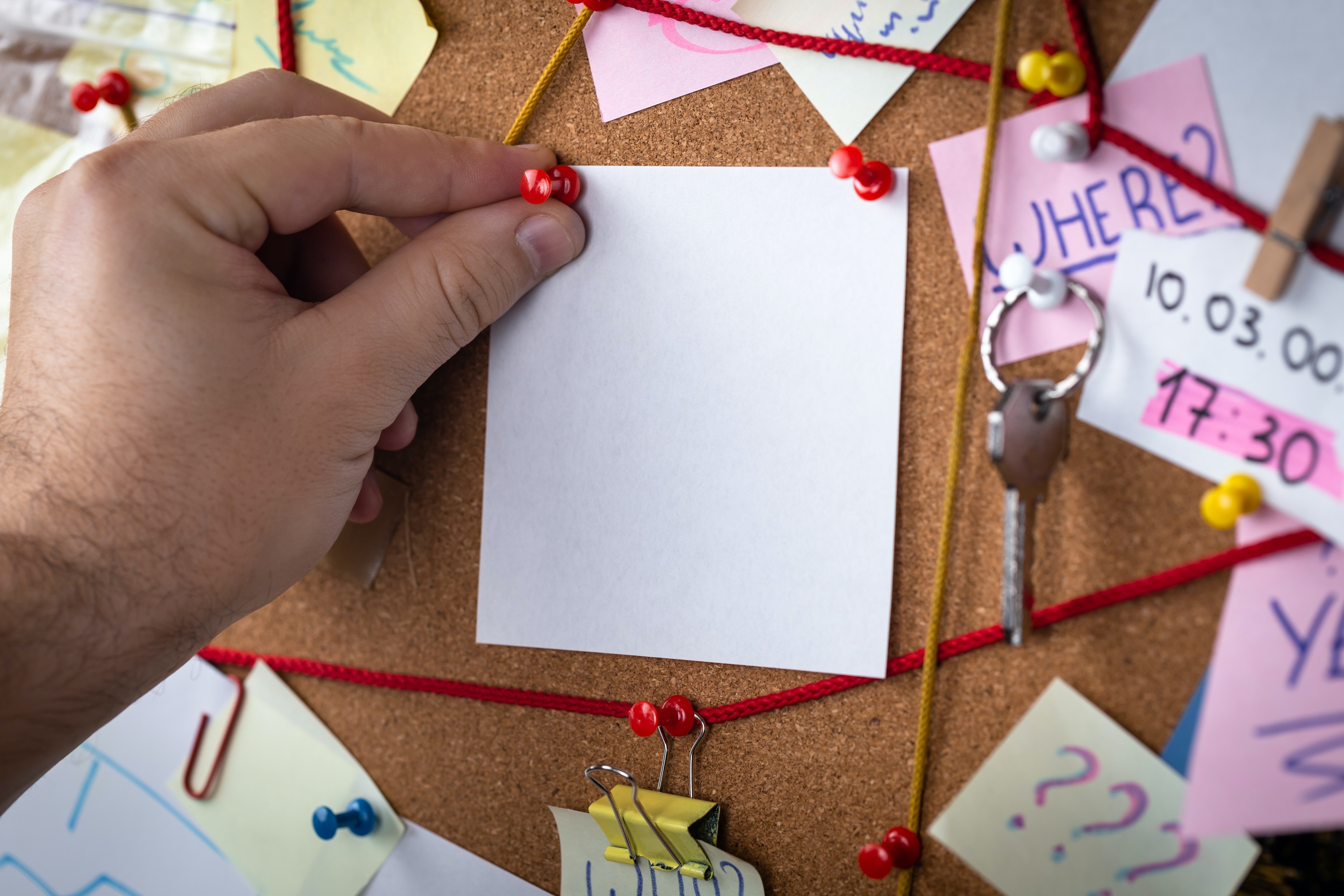Since it's tough to break old habits and easy to fall back into them, it can be helpful to use a memory aids like reminders or notes to help us focus on developing new, healthier habits. A memory aid is something that helps us remember to do something. It might be a tangible thing, such as a bracelet or keychain, or it might be an idea we develop for ourselves, such as a to-do list or a reminder on our phone. The important thing is that it is something that we will see and remember daily.
Examples of Memory Aids
- Wearing a bracelet or necklace as a reminder to stay present
- Putting a post-it note on your computer screen as a reminder to take breaks
- Putting a picture of your goal on your fridge as a reminder to stay on track
- Creating a list of things to do each day as a reminder to stay organized
- Setting a daily alarm as a reminder to meditate
The key is to find something that works for you and that you will use. If you develop a memory aid that you don't end up using, it's not going to be helpful!
Tips for Developing Effective Memory Aids
1) Keep it simple. The more complicated the memory aid, the less likely you are to use it. Aim for something easy to understand and implement.
2) Make it visual. Our brains are more likely to remember something if it is accompanied by a visual.
3) Make it specific. A vague memory aid is not going to be helpful. Be specific about what you want to remember and when you want to remember it.
4) Place it where you'll see it. If you're not going to see the memory aid, you won't be reminded of what you need to do.
Take some time to brainstorm what might work for you and give it a try! A memory aid can be a helpful tool in developing new habits.
Use Acronyms as Memory Aids
Acronyms are a type of memory aid that can help you remember a list of items. They are made up of the initial letters of each word in a phrase, and they can be a helpful way to remember a list of items in order. For example, the acronym HOMES can help us remember the Great Lakes: H—Huron, O—Ontario, M—Michigan, E—Erie, and S—Superior.
In my first book, Be Unstoppable, I used the acronym U-PERSIST to help readers remember the methodology to success: U—Understand the Why; P—Plan in 3D; E—Exercise to Execute; R—Recognize Your Reason to Believe; S—Survey Your Habits; I—Improvise; S—Seek Expert Advice; and T—Team Up.
In my LinkedIn post on leadership skills, I wrote that LEADERS: L—listen and learn; E—execute and educate; A—articulate and anticipate; D—delegate and direct; E—empathize and evangelize; R—remain and require; S—Serve: LEADERS serve.
In Unstoppable Teams, I discuss the CARE loop: Connect, Achieve, Respect, and Empower to teach managers and leaders how to build and lead an unstoppable team of individuals.
- Connect: The four essential actions for building trust remotely and in-person
- Achieve: The foundations of setting direction, using SITREP (Situation Reports) and AAR (After Action Reports)
- Respect: The techniques for how to create mutual respect and build team contributors
- Empower: The fundamentals of developing team ownership, the trinity of education, and overcoming empowering pitfalls
Create Mnemonic Devices as Memory Aids
Mnemonic devices are tools that we can use to help us remember information. They work by linking the information we want to remember with something that is already stored in our memory. This can be done through rhymes, acronyms, or other associations.
For example, the phrase "30 days hath September, April, June, and November" is a mnemonic device that can help us remember how many days are in each month. This phrase links the information (the number of days in each month) with something we already know (the order of the months).
The most common mnemonic used in music instruction for E-G-B-D-F, the notes on the lines of the treble clef, is "Every Good Boy Does Fine." The notes on the spaces of the treble clef staff spell out the word "FACE." "All Cows Eat Grass" is a mnemonic for A-C-E-G, the notes on the white spaces of the bass clef. "Good Boys Do Fine Always" is a mnemonic for G-B-D-F-A, the notes on the lines of the bass clef.
Now it's your turn! Brainstorm a mnemonic device that can help you remember something that you have been struggling with. Once you have developed your mnemonic, put it to the test and see if it helps you remember the information.
If you find that mnemonic devices are helpful for you, there are lots of resources available online and in libraries to help you develop them for other information you want to remember. The key is to find something that works for you and that you will remember to use. Experiment with different things until you find something that sticks.
Also, check out our Resources and Courses pages for more information on developing your mindset skills and reaching your full potential. And don’t forget to sign up for our free monthly newsletter to get regular tips, inspiration, and advice delivered straight to your inbox.

